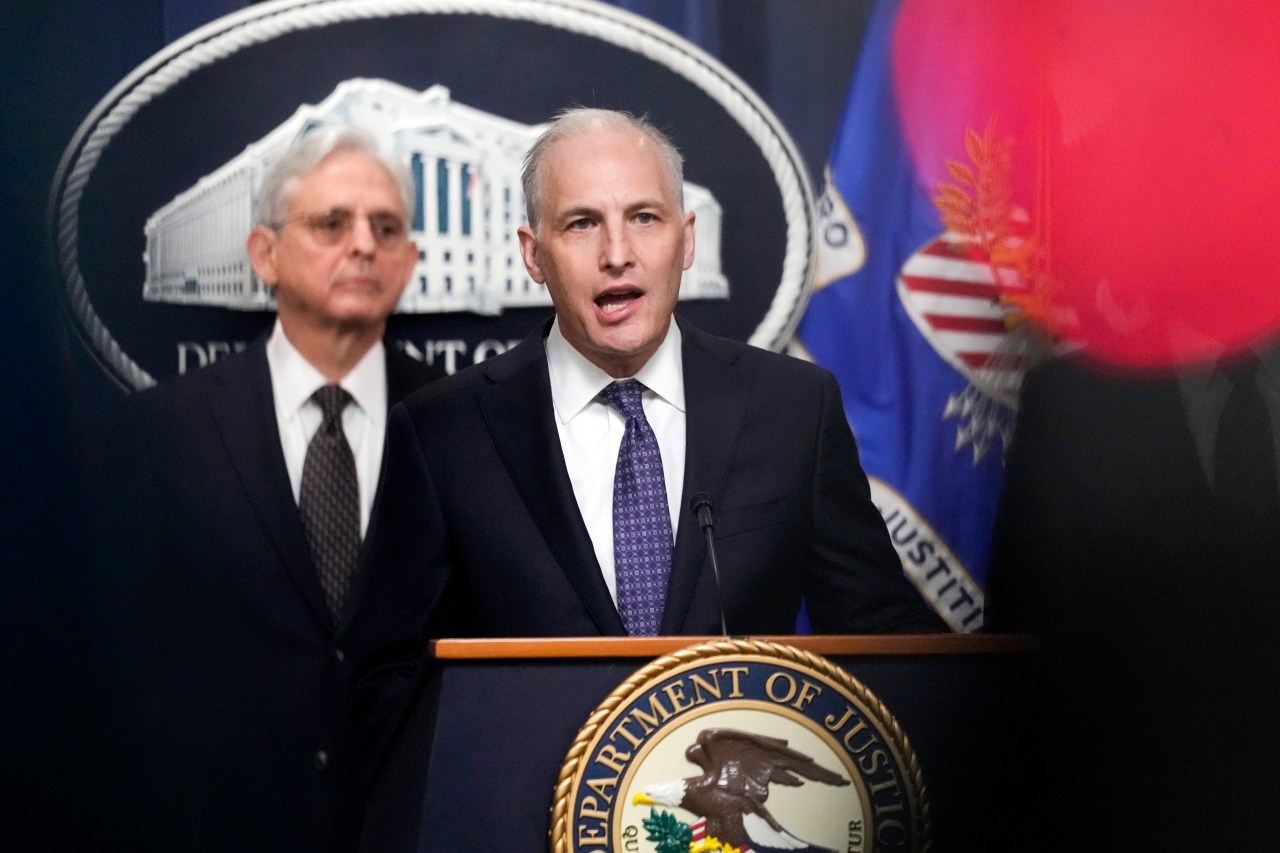As FISA turns 45, time to rethink post-9/11 mass surveillance expansion under Section 702::Forty-five years ago this month, President Jimmy Carter signed the Foreign Intelligence Surveillance Act (FISA) to restrain U.S. intelligence agencies’ power to spy on Americans. A 1976 Senate investigation had found that the FBI’s COINTELPRO surveillance had committed many actions — particularly against Black liberation groups and other targeted organizations — that were illegal, violent,…
This is the best summary I could come up with:
Their communications are then stored in a sprawling database, which several intelligence agencies can access via “backdoor searches” that circumvent the constitutional protections nominally afforded to us.
Today, critics of Section 702 argue that government agents should at minimum be required to obtain a warrant in most cases before reading Americans’ private messages.
Section 702 is designed for foreignintelligence, yet its supporters are defending the right to access data unintentionally collected on U.S. persons, without having to undergo meaningful judicial scrutiny.
COINTELPRO spied on and persecuted LGBTQ government employees; bugged Martin Luther King Jr.’s bedroom; and used wiretaps and infiltrators to undermine the Black Panther Party.
Civil liberties groups and other advocates are attempting to move us beyond this post-9/11 déjà vu by demanding that Section 702 either be substantively reformed to protect constitutional rights, or be allowed to lapse altogether.
The U.S. government has a long and sordid history of using mass surveillance tools like Section 702 against liberation movements, people of color, and political dissidents; abusing its access to our data; overstating the effectiveness of its programs; and blocking oversight.
The original article contains 764 words, the summary contains 182 words. Saved 76%. I’m a bot and I’m open source!
Back when politicians actually did work




